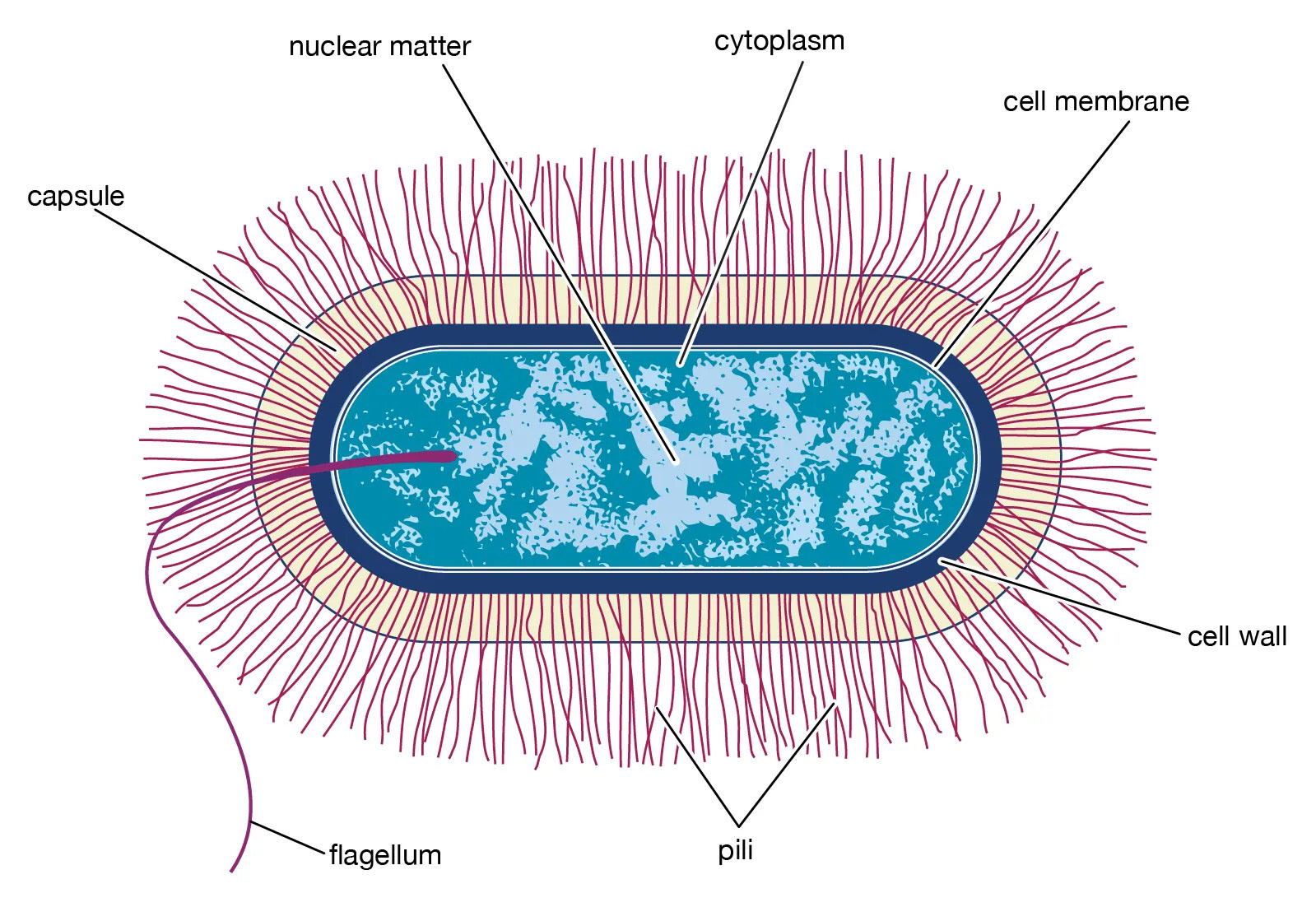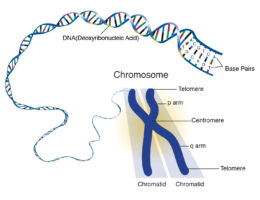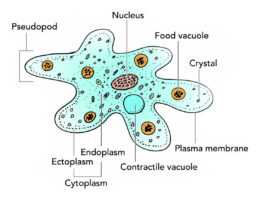Bacillus is a genus of rod-shaped bacteria commonly found in soil, water, and air. A labeled diagram of Bacillus may include the following parts:
- Cell wall: Bacillus bacteria have a rigid cell wall made of peptidoglycan, a polymer that gives the cell its shape and protects it from osmotic stress.
- Cell membrane: The cell membrane is a thin, flexible layer that surrounds the cell and regulates the passage of molecules in and out of the cell.
- Capsule: Some Bacillus species produce a thick capsule of polysaccharides around the cell wall that can protect the cell from the host immune system.
- Flagella: Bacillus bacteria can have one or more flagella, which are long, whip-like structures used for motility.
- Spore: Bacillus bacteria are known for their ability to form endospores, which are dormant structures that can survive in harsh environments for long periods of time. Spores have a thick outer coat that protects the bacterial DNA from heat, radiation, and chemicals.
- Chromosome: The chromosome of Bacillus is a circular DNA molecule that contains the genetic information of the cell.
- Plasmid: Some Bacillus species may also have one or more plasmids, which are small, circular pieces of DNA that can replicate independently of the chromosome and carry extra genetic information.
Overall, these labeled parts of Bacillus bacteria play important roles in the survival and reproduction of these microorganisms in diverse environments.



